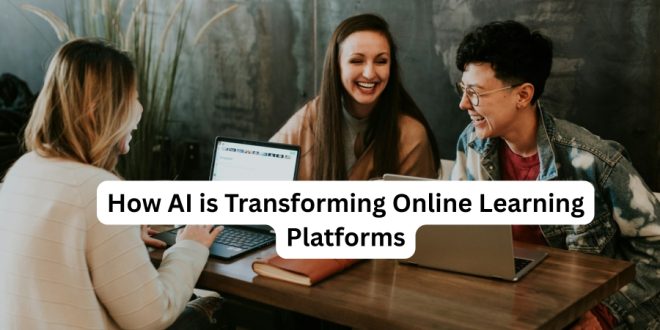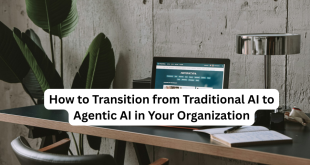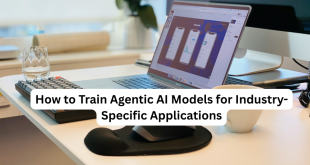Introduction
In today’s fast-moving digital world, Artificial Intelligence (AI) is changing the way we learn online. From personalized study plans to intelligent tutoring systems, AI is revolutionizing the online education experience for students, teachers, and institutions alike.
In this post, we’ll explore how AI is transforming online learning platforms — and what it means for the future of education.
1. Personalized Learning Experiences
One of the biggest ways AI is changing online education is through personalized learning.
AI algorithms can analyze each student’s strengths, weaknesses, and learning pace to create customized study paths.
This ensures that students receive content and challenges that are best suited to their needs, making learning more effective and enjoyable.
Examples of AI personalization:
- Adaptive quizzes that adjust difficulty levels based on performance
- Personalized video recommendations
- Customized feedback on essays and assignments
SEO Keyword tip:
“personalized learning with AI,” “AI customized education”
2. Intelligent Tutoring Systems
AI-powered intelligent tutoring systems (ITS) can simulate a human tutor’s guidance.
They provide instant feedback, hints, and explanations to help students when they get stuck.
Unlike traditional online courses, ITS can recognize misunderstandings and adjust teaching strategies in real-time.
Popular AI tutors include:
- Carnegie Learning’s MATHia
- Duolingo’s AI-based language tutor
- Squirrel AI in China
SEO Keyword tip:
“intelligent tutoring systems,” “AI tutors online”
3. Automated Administrative Tasks
Another major transformation is in the automation of administrative tasks for teachers and course creators.
AI can now handle:
- Grading assignments
- Tracking attendance
- Analyzing student performance
- Sending automated reminders for deadlines
This gives teachers more time to focus on creating engaging learning materials and supporting their students directly.
4. Smart Content Creation
AI is making it easier for educators to develop high-quality learning content quickly.
Some AI tools can even:
- Summarize textbooks
- Generate practice quizzes
- Create interactive simulations
Platforms like Quizlet and Knewton use AI to generate tailored study materials based on course objectives and student progress.
5. Enhanced Accessibility
AI is also making education more accessible for students with disabilities.
Features such as:
- AI-driven speech recognition
- Real-time subtitles for videos
- Text-to-speech tools are helping break down learning barriers and create more inclusive environments for everyone.
SEO Keyword tip:
“AI in education accessibility,” “assistive AI learning tools”
6. Predictive Analytics for Better Outcomes
With AI, institutions can use predictive analytics to identify students who may be struggling early on.
This allows for targeted interventions, such as offering extra tutoring or adjusting course loads before a student fails or drops out.
Educational platforms like Coursera and edX are already using AI to track student behavior and suggest strategies for success.
7. Future Trends: What’s Next?
The future of online learning with AI looks even more exciting:
- AI-driven virtual reality classrooms
- Voice-activated learning assistants
- Blockchain-based AI credentials
These emerging technologies could make education even more interactive, secure, and personalized.
Conclusion
AI is not just a buzzword in education; it’s a powerful force reshaping online learning platforms.
From personalized content to intelligent tutoring systems and enhanced accessibility, AI is creating a smarter, more flexible future for learners everywhere.
As AI technology continues to advance, online education will become even more intuitive, accessible, and impactful.
 UBUCH ubuch | Honest Tech Reviews & Tutorials for Everyone
UBUCH ubuch | Honest Tech Reviews & Tutorials for Everyone




